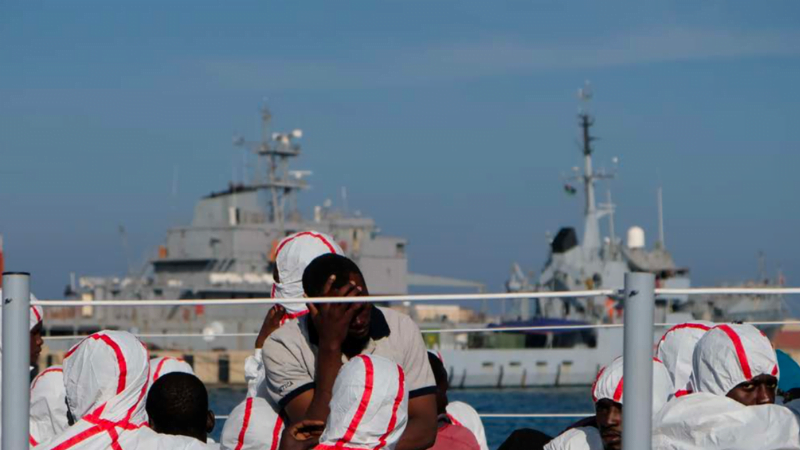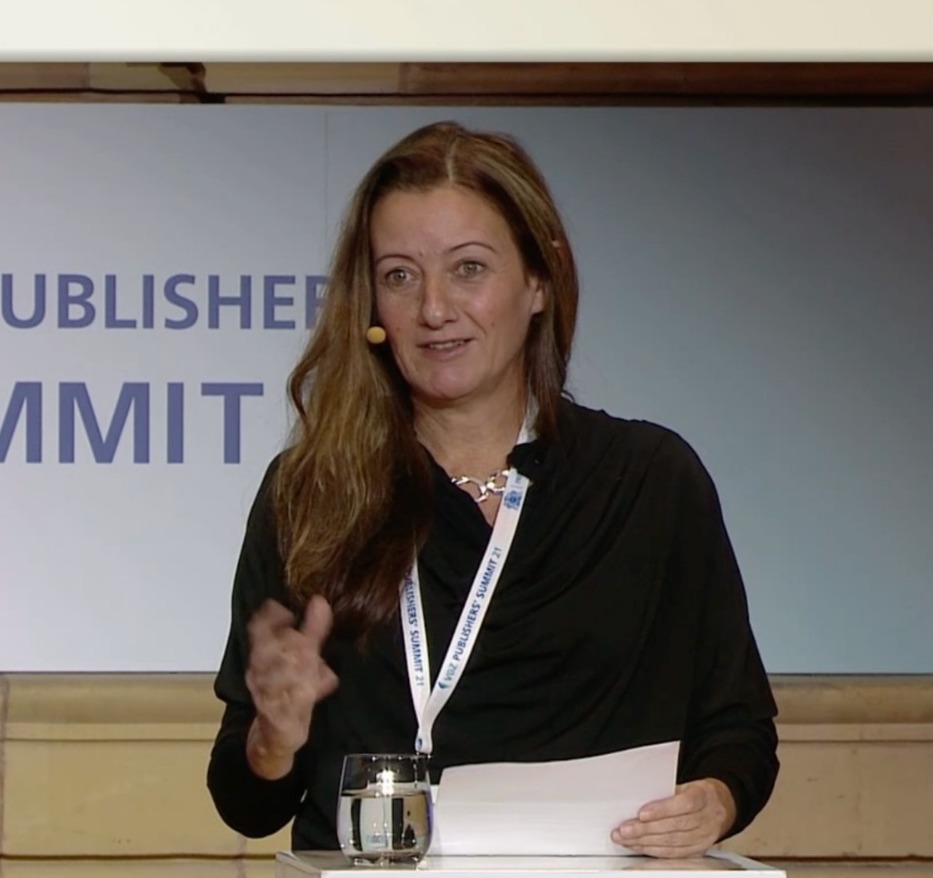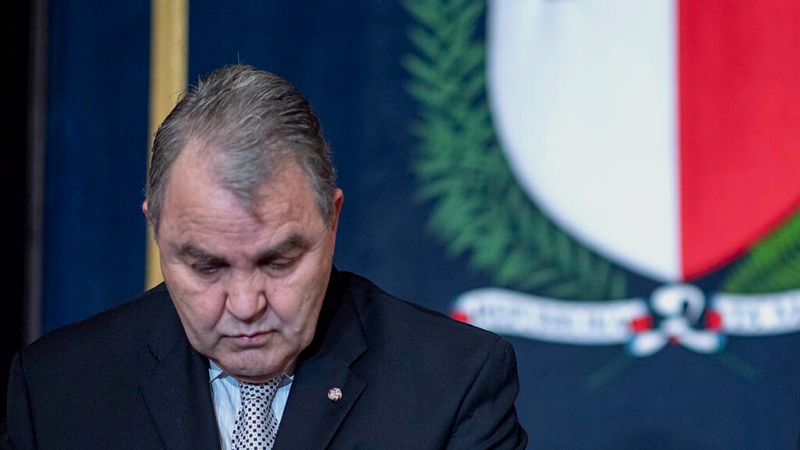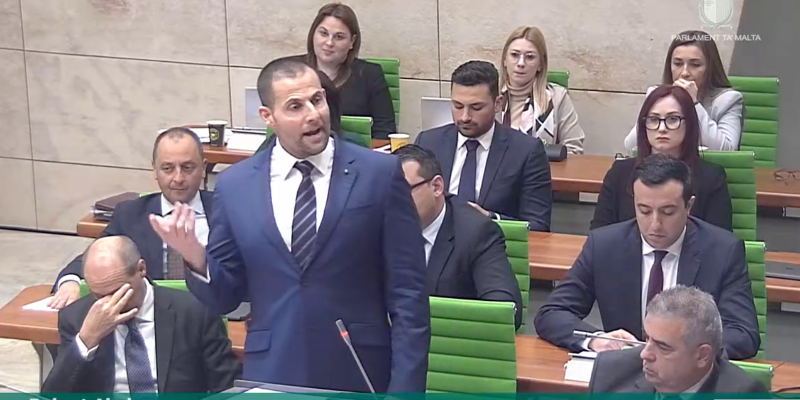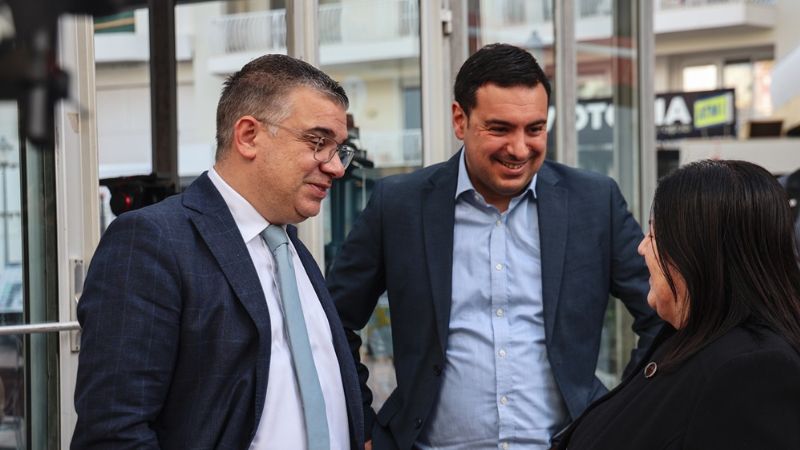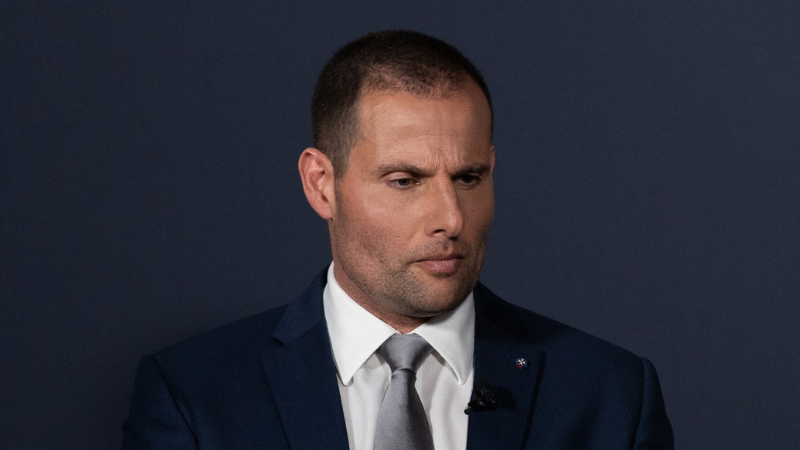The Global Initiative Against Transnational Organized Crime published a report today assessing the collapse of the human-smuggling industry in Libya, noting the removal of rescue missions in Italy and Europe directly contributing to a decrease in large scale arrivals, but an increase in clandestine arrivals in Malta.
The Armed Forces of Malta (AFM) rescued 329 migrants in five individual operations between 22 July and the end of August 2018. Maltese and Italian security sources told researchers migrant arrivals were on the rise in Malta with clandestine smuggling taking place, with arrivals that departed from Tajoura and al-Khoms.
Departures to the east have been displaced by Kani Battalion’s command of Garabulli, which has resulted in a rise of migrants arriving south of Malta. Boats have continued to arrive in the waters near Malta throughout this autumn, and were picked up by the AFM, to the east of Garabulli.
The report confirmed: “The location of these arrivals is an important indicator of the change in departure points, as boats leaving from the east of Garabulli have a greater chance of reaching Maltese territorial waters than do departures further to the west. The absence of European military and private SAR vessels near the Libyan coast added to the chance of boats arriving close to Malta, since these vessels were previously acting as a shield of sorts, taking any migrants rescued from the waters east of Tripoli to Italy”.
The increase in migrants arriving in Malta since the reversal of the Mare Nostrum and private and naval SAR missions in the central Mediterranean is a direct result of political pressures from European governments and confrontations with Libyan coastguards, according to the report.
Libyan smugglers have adapted back to methods of taking migrants on greater distances and using satellite phones, because of the withdrawal of most European vessels from outside of Libya’s sea borders.
“The result has been a return to a pattern more akin to the smuggling dynamics at sea that existed before the revolution. As they did then, in fact, vessels now go further, in some cases entering Maltese and Italian territorial waters around Lampedusa. In some rare cases, migrants actually managed to make landfall, a phenomenon not seen in years with respect to departures from Libya.”
The report funded by the EU Emergency Trust for Africa involved field work from 27 researchers, and details a rise in the ransoming of migrants, because smugglers have adapted their business models due to less opportunities to move migrants.
Migrants for ransom
The ransoming of migrants has become systematic with reports of multiple ransoms and interceptions at sea and detention centres becoming the norm.
Abas, a 33-year-old migrant from Cameroon, who arrived in Malta in August 2018, confirmed smuggling prices had increased, together with ransom demands. He arrived in Malta, after being rescued at sea.
He recalled: “We stayed in the first warehouse for two days and then three armed guys came. They let the migrants sit down, brought telephones and told us to ask their families for US$1,000. One of us asked, ‘What is the money for?’ and they punched me in the face in response. They said it’s for the transport, but I told them it’s kidnapping. One of the guys came with an electric gun, took it out and zapped me until I was unconscious. I fell to the ground and the guy stopped.”
Abas was moved to another warehouse for another ransom demand, thought to be between Zuwara and Sabratha, and forced to pay a second ransom.
“We were all brought directly to a second warehouse. Inside there were 130 people, some were ill, almost dead, some were not moving anymore and there was blood everywhere, and a smell of torture.”
Last week in Malta three young men were arrested on ‘terrorism’ charges after initially being rescued by a Maltese boat. When the young men, including two school children, realised they were being taken back to Libya – they became desperate and did not want to return, and allegedly attacked the cockpit, and threatened to smash the boat if it did not return to Europe. Human rights NGOs have criticised their labelling as “terrorists,” saying the action was a desperate attempt not to return to conditions in Libya.
The report mentions the crisis in Libya’s detention of migrants as: “A crisis clearly established as the most pressing concern for the international community in respect to migration management.”
The deaths at sea from refugees and migrants cannot be truly estimated, but the report noted:
“This period of upheaval has also seen a marked rise in the number of deaths as a proportion of departures. As with the interception data, the absolute number of deaths in 2018 is less than half what it was in 2017 – 1,311 dead and missing, compared to 2, 872 in 2017.
However, based on data collated by UNHCR, the mortality rate of the sea crossing as a percentage of departures has risen from an average of 2.1% in 2017 to 3.3% in 2018.”

